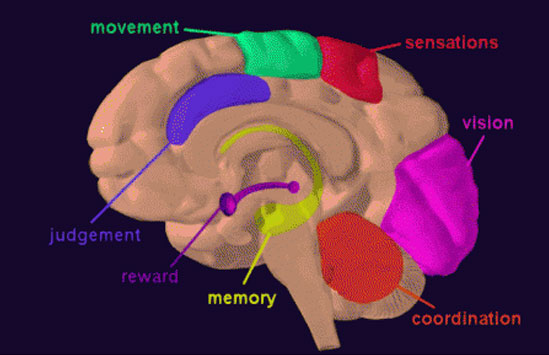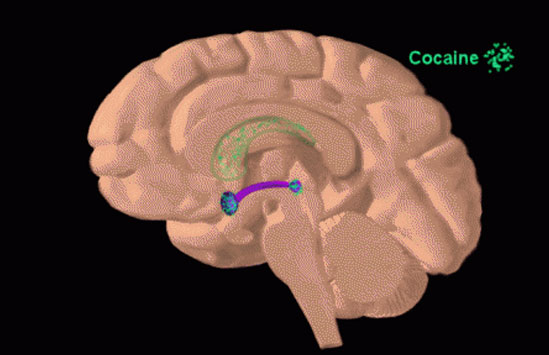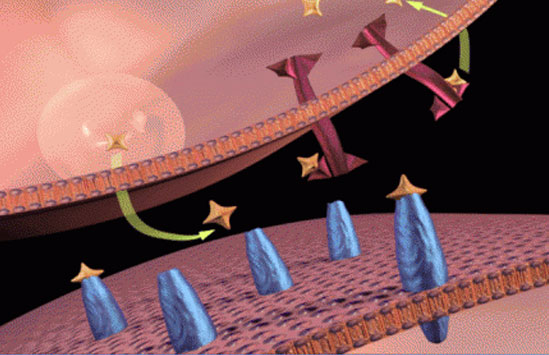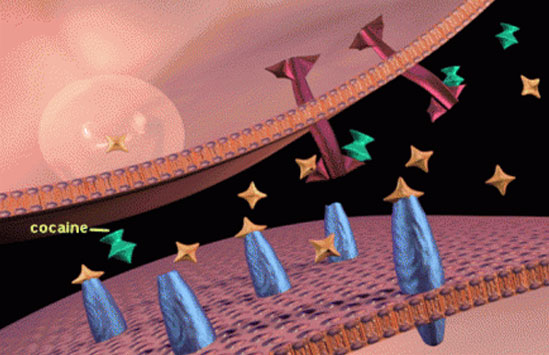Detoxification
Understanding Drug Abuse and Addiction:
What Science Says

Drug addiction: a complex illness

Drug addiction is a complex illness. The path to drug addiction begins with the act of taking drugs. Over time, a person's ability to choose not to take drugs is compromised. This, in large part, is a result of the effects of prolonged drug use on brain functioning, and thus on behavior. Addiction, therefore, is characterized by compulsive drug craving, seeking, and use that persists even in the face of negative consequences.
Brain regions and their functions
Certain parts of the brain govern specific functions. For example, the cerebellum is involved with coordination; the hippocampus with memory. Nerve cells (neurons) are the basic unit of communication in the brain. Information is relayed from one area of the brain to other areas through complex circuits of interconnected neurons. Information via electrical impulses transmitted from one neuron to many others is done through a process called "neurotransmission."


The reward pathway
One pathway important to understanding the effects of drugs on the brain is called the reward pathway. The reward pathway involves several parts of the brain, some of which are highlighted in this image: the ventral tegmental area (VTA), the nucleus accumbens, and the prefrontal cortex. When activated by a rewarding stimulus (e.g., food, water, sex), information travels from the VTA to the nucleus accumbens and then up to the prefrontal cortex.


Where cocaine has its effects in the brain
Using cocaine as an example, we can describe how drugs interfere with brain functioning. When a person snorts, smokes, or injects cocaine, it travels to the brain via the bloodstream. Although it reaches all areas of the brain, its euphoric effects are mediated in a few specific areas, especially those associated with the reward pathway discussed in the previous image.
Neurotransmission (continued)
After the signal is sent to the neighboring neuron, dopamine is transported back to the neuron from which it was released by another specialized protein, the "dopamine transporter".


Cocaine and neurotransmission
Drugs of abuse are able to interfere with this normal communication process in the brain. Cocaine, for example, blocks the removal of dopamine from the synapse by binding to the dopamine transporters. As shown in this image, this results in a buildup of dopamine in the synapse. In turn, this causes a continuous stimulation of receiving neurons, probably responsible for the euphoria reported by cocaine abusers.